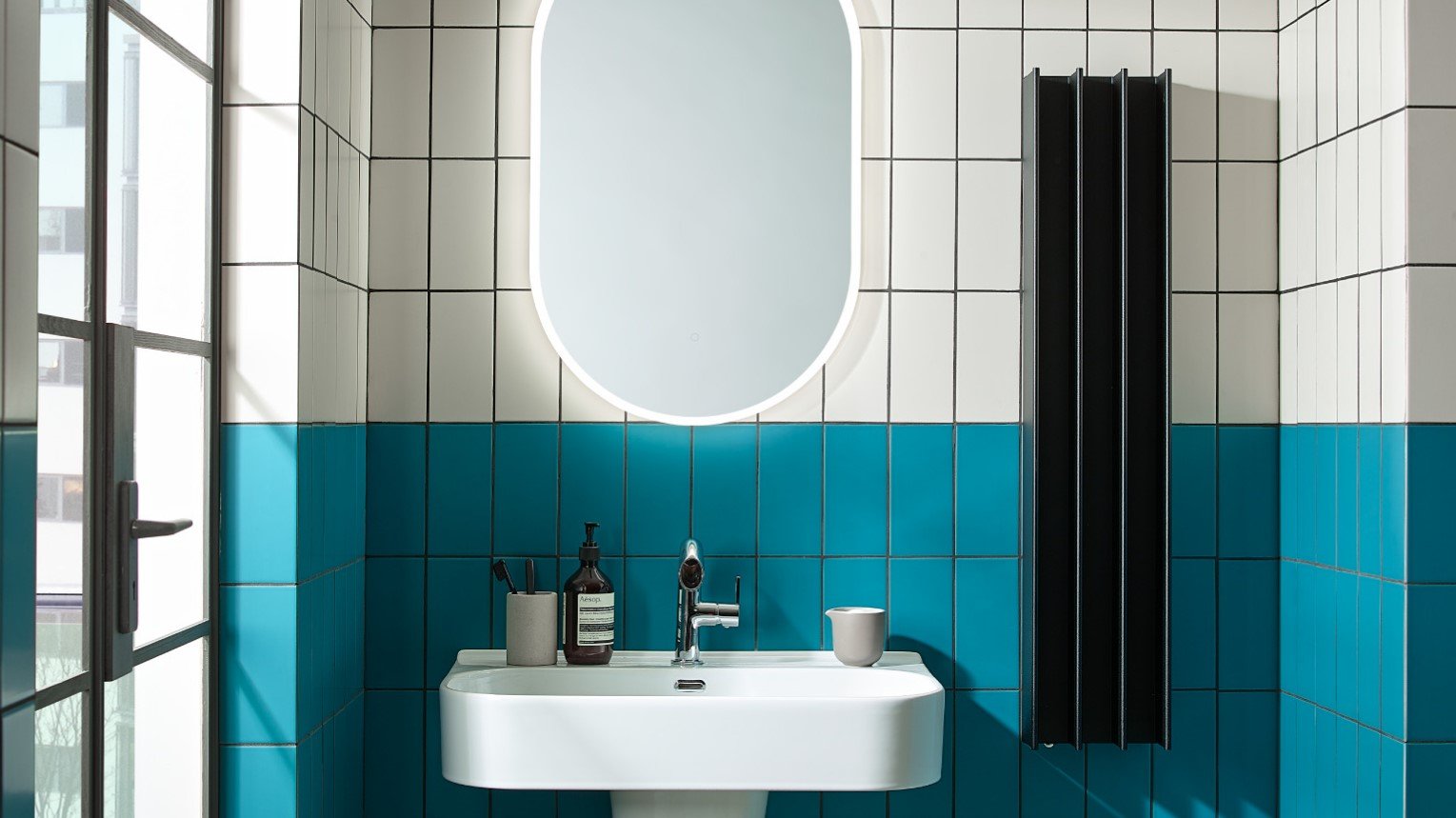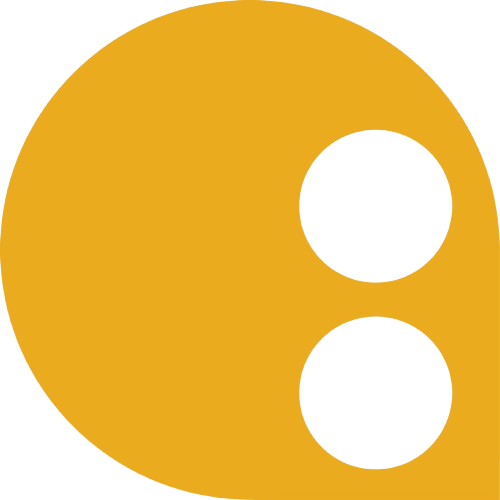
Frequently Asked Questions
-
Yes, 100%.
GORDON is a friction coefficient product. Most ladder rails are chrome or their surface finish is certainly of a satin presentation. So they shed towels in a way that our non-slip fine textured coating selected never will.
(Coefficient of friction is defined as the ratio of the force required to move to slide surfaces over each other, and the force holding them together)
-
Gordon can be hardwired to an on/off switch, timer switch or hard wired to a fused spur.
When your electrician installs Gordon, your electrician can wire the unit to be controlled by a standard on/off switch, timer switch or 230v hardwired plug (110v for US and Canada customers).
Many of our customers find the more efficient way to control Gordon is to have a timer that comes on 2 or 3 hours before using the towels (to ensure they are lovely and warm) and timed to go off 2 or 3 hours after using the towels (to ensure they are completely dry).
-
Gordon uses 200 watts of electricity, so low power consumption compared to other heated towel rails. A single Gordon left on continuously for one hour would consume 0.2kWh and a double Gordon would consume 0.4kWh, that’s because they are 200w and 400w heaters respectively.
The cost will vary depending on how much you pay per kWh for electricity. For example, if you are paying 30p per kWh and Gordon is using 1/5th of this, the cost to run Gordon is around 5-6p per hour. The real cost saving in using Gordon compared to other heated towel rails is that Gordon warms and dries towels in a flash so you only need it on for 1/3rd of the time of a traditional towel ladder.
-
White: RAL 9016
Black: RAL 9005
Dark Grey: RAL 7016
Sandcastle: Feature Finish
All RAL / Farrow & Ball colour match options
-
Gordon’s primary function is to warm and dry your towels very quickly and efficiently. The unit will give add some additional heat output, however, we don’t suggest you rely on it as a main heat source unless your bathroom is really small.
-
Yes, Gordon will! each of the 4 fins are designed to hold one towel each, so the unit will warm and dry up to 4 towels very efficiently and effectively.
-
When your electrician installs Gordon, they will need to wire the towel warmer back to a control switch. The switch can be a simple standard on/off switch on the wall, or the most efficient method of control is a timer switch.
To maximise the efficiency of Gordon we recommend pairing it with our timer switch options available here. (Controls are currently only for the UK and European markets).
-
Yes, we have Gordons available for US and Canadian markets with heat mats specifically designed for 110v current.
US/Canada installation instructions can be found here.
-
You can pay through Apple Pay, Google Pay, all major credit and debit cards, Paypal and Clearpay. Clearpay allows you to pay in 6 interest-free instalments. You can learn more about clear pay here.
-
We reached this conclusion by running multiple tests.
Our tests comprised warming the regular towel rails with their recommended heating element of 350w. Whereas, Gordon's warming element was just 200w.
The outcomes showed that to reach atmospheric humidity level, where all the towels could be considered dry, Gordon required only 84 minutes while the traditional rail required 27 extra minutes. In terms of powerful utilization of the energy, it implies that Gordon requires just 43% of the energy when compared to traditional rails to actually dry the towel. You can run Gordon throughout the year and still save up to £150 in energy prices when compared to traditional rails.
-
Yes, Gordon’s safe operating temperature and easy wall mounted bracket system means it can be installed on any wall material such as plaster, timber panel, tiles and MDF.
-
Gordon’s powder coated finish is super tough and long lasting. It’s a dry pigmented polyester powder. The coating process uses an electric charge that causes the dry powder to fuse to the surface of the metal. This is then baked in a curing oven to achieve a smooth coating that creates a hard finish, much thicker and tougher than conventional paint providing a layer of protection against corrosion, scratches/chipping and fading. The pigment can’t transfer because it’s in the plastic itself, it’s not like a dye or ink.

